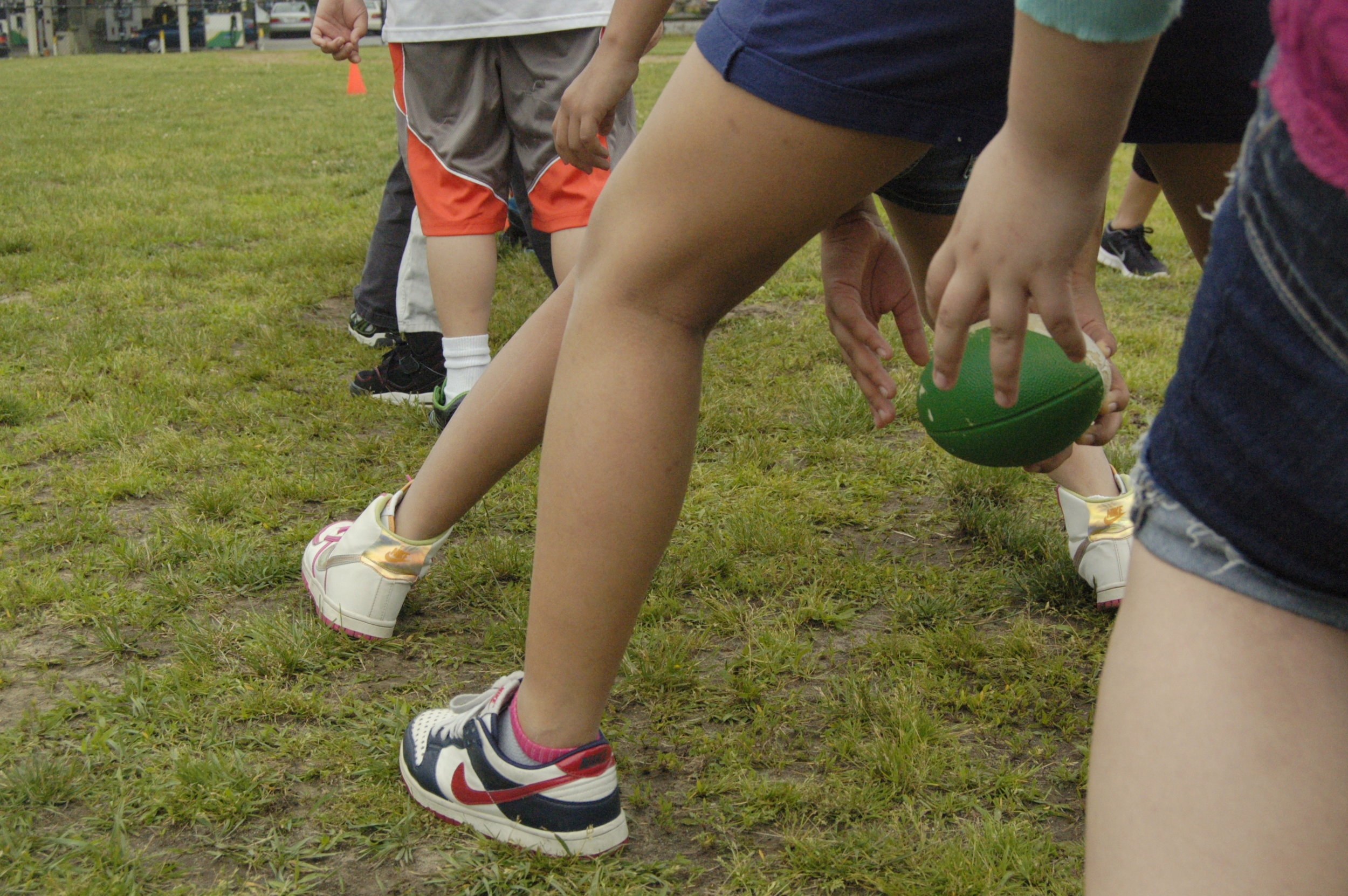Connecting Dots
 Nancy Carlsson-Paige, Lesley University Professor Emerita, recently stated the following during an acceptance speech for the Deborah Meier award. Dr. Carlsson-Paige cites a statistic from the DOE Department of Civil Rights which reports that 8,000 Preschool students (!) were suspended at least once in a school year.
Nancy Carlsson-Paige, Lesley University Professor Emerita, recently stated the following during an acceptance speech for the Deborah Meier award. Dr. Carlsson-Paige cites a statistic from the DOE Department of Civil Rights which reports that 8,000 Preschool students (!) were suspended at least once in a school year.
“There is a connection, I know, between these suspensions and ed reform policies: Children in low income communities are enduring play deficient classrooms where they get heavy doses of direct teaching and testing. They have to sit still, be quiet in their seats and comply. Many young children can’t do this and none should have to."
Anecdotally I know she is right, not only for low income early childhood classrooms, but upper grades as well. Kids may not always be direct in identifying what is bothering them; they sometimes show us with their actions. They "act out" with displeasure.Brain-based research from experts such as Ken Wesson tells that children in Kindergarten are capable of 5-10 minutes direct instruction and learning before they become inattentive; fourth graders - my former wheel house - can sustain attention for 10-20 minutes.The connection is that "mini" lessons, those short and focused bursts of direct instruction beginning a learning segment, are often 20 minutes or more. And when that is followed by more pencil/paper task work, there lies a recipe for disengagement. Now extend that: what happens when a 10-year old is asked to sit and engage in a high-stakes task such as our current MCAS test? Last spring most of my students wrote from 9 am to 2:35 with a 25 minute break for lunch during Long Composition, English Language Arts, and Mathematics Tests.Teachers do what they can to make classrooms and lessons more active by allowing kids to get out of seats, work in different parts of the room, and through cooperative/collaborative learning activities. What is lacking, however, is recess and play time - time for socialization, for learning to negotiate with peers, for exercise, fresh air, and fun.Make no mistake: play time is important to every child. And yet it is the first thing to be cut back when schedules are tightened to accommodate more time on tasks.So when Dr. Carlsson-Paige is talking about a connection between allowing kids more recess and the number of discipline issues, we need to listen. Our kids are stressed out and need to get off the conveyor belt.
